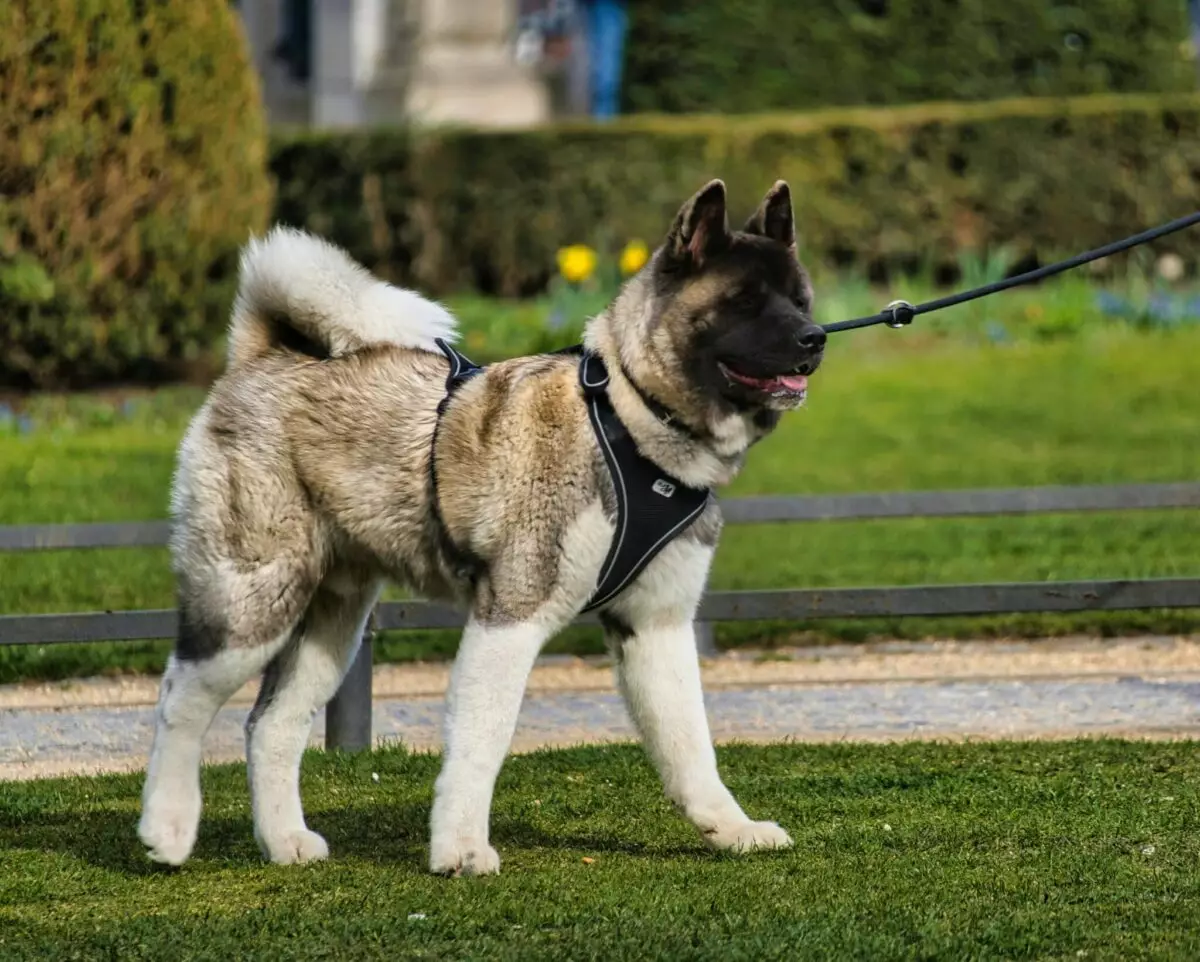Dogs, often referred to as “man’s best friend,” not only bring joy to our lives but also exhibit a rich tapestry of emotions in return. Recognizing these emotional signals is fundamental to nurturing a strong bond between a dog and its owner. Just as humans express happiness through subtle body language and behavioral cues, dogs communicate their feelings through various signs that indicate their emotional state. By understanding these indicators of happiness, owners can create a nurturing environment that promotes the dog’s overall well-being and strengthens the bond shared between them.
Perhaps the most immediate visual cue of a happy dog is their relaxed body posture. When a dog is content, its body language shifts to display openness and ease, with loose muscles and a stable stance. A dog lying on its back or rolling over can signify trust, a clear indication that it feels secure in its environment. Conversely, a dog exhibiting stiff muscles, a tucked tail, or a crouched posture is likely experiencing anxiety or discomfort, signaling a need for attentive care from their owner. Observing these physical cues can provide owners with valuable insights into their pooch’s current emotional health.
The tail serves as a prominent barometer of a dog’s mood. While a wagging tail is often associated with happiness, the specifics matter significantly. A high, rapid wagging typically conveys excitement, while a slower, lower wag may denote a tranquil disposition. Interestingly, research has shown that the direction of a tail wag can also hint at a dog’s emotional state; a wagging tail that sways to the right indicates positive feelings. Owners should take a moment to observe the nuances of their dog’s tail while they are in different moods, enhancing their understanding of their furry friend’s emotional landscape.
Engagement in play is another telling sign of a dog’s happiness and mental stimulation. A content dog often seeks out games, whether it’s chasing a ball, engaging with a toy, or frolicking with fellow dogs. Play behavior can include exuberant movements, joyous barking, and distinct postures such as the “play bow,” where a dog lowers its front legs while keeping its rear in the air, signaling an invitation to interact. When a dog exhibits this type of spirited playfulness, it shows they are not just happy but also mentally and physically fulfilled.
A happy dog is often reflected in its eating habits. Regular meals and enthusiasm during feeding times suggest a content and healthy canine. Conversely, alterations in appetite, such as reluctance to eat, can be signs of stress or health issues that require immediate attention. Equally important is a dog’s sleeping pattern; a happy dog maintains a consistent and restful sleep schedule. Dogs that sleep soundly in relaxed positions demonstrate feelings of safety and security. In contrast, signs of anxiety during sleep can signal an underlying emotional distress that needs to be addressed.
Nonverbal Cues of Happiness
Facial expressions and body language serve as additional windows into a dog’s emotional state. Bright and alert eyes, combined with upright and relaxed ears, signify contentment. In a relaxed mode, dogs often exhibit slightly open mouths, creating a charming “smile.” This pleasant expression accompanies a loose, relaxed body posture, whereas a tighter mouth often indicates discomfort or anxiety. Paying attention to these nonverbal cues can dance with the understanding of a dog’s feelings, enhancing the owner-pet relationship.
Physical closeness is an essential aspect of a dog’s happiness. Dogs that are affectionate with their owners seek out companionship, whether through gentle nudges, cuddling, or simply leaning against you. This desire for proximity demonstrates trust and reflects a solid emotional connection. In contrast, a dog that avoids physical contact may be feeling stressed or unwell. Recognizing shifts in this behavior is crucial for identifying changes in a dog’s emotional health.
Socialization is another vital sign of a happy dog. Healthy dogs thrive on interactions with both humans and other dogs. They’re often eager to engage in activities at the dog park or share space with fellow pets at home, showcasing their comfort and confidence. An interested and curious dog enjoys exploring its environment and engaging with new experiences. Observing how your dog interacts with its surroundings provides essential clues about their well-being.
While dogs cherish human companionship, a truly happy dog can also handle periods of solitude without distress. Content dogs will often relax or nap quietly when left alone, indicating a sense of security in their environment. On the contrary, dogs that display separation anxiety often engage in distressful behaviors such as barking or destroying objects when left alone. This balance between social and solitary time is crucial for assessing a dog’s emotional health.
Understanding the signs of a happy dog is essential for fostering a fulfilling life for your furry companion. By recognizing relaxed body language, playful behavior, and curiosity, owners can ensure their dogs lead emotionally and physically satisfying lives. This awareness allows for a deeper bond between dog and owner, ultimately contributing to the dog’s long-term happiness and well-being. A happy dog reflects the love and care it receives, reminding us that our bonds with them enrich not just their lives but our own as well.


Leave a Reply